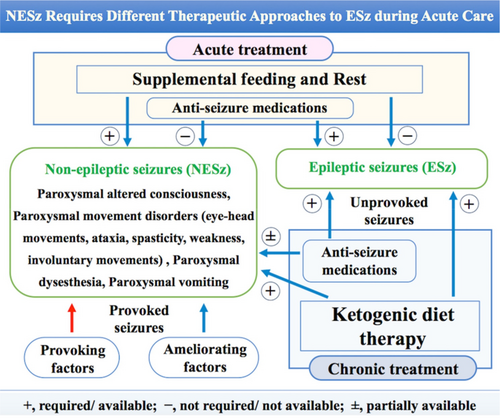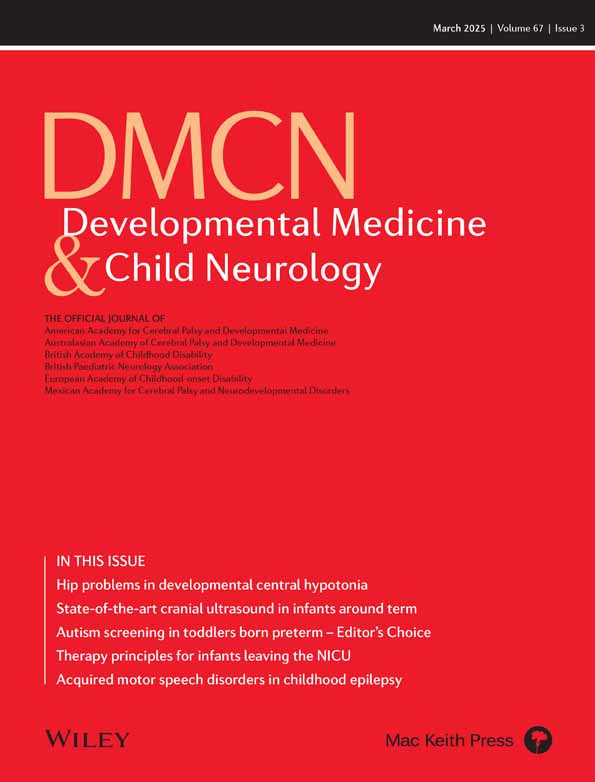Differentiating non-epileptic seizures from epileptic seizures in Glut1 deficiency syndrome
Glucose transporter type 1 deficiency syndrome (Glut1DS) is a neurological disorder caused by metabolic disturbances in the brain. Apart from epileptic seizures, various paroxysmal symptoms can occur as transient brain dysfunction triggered by energy deficits, often following prolonged fasting or exercise. Thus, Glut1DS presents with chronic neurological symptoms, including cognitive impairment, movement disorders (e.g. ataxia, spasticity, and dystonia), and both epileptic and non-epileptic seizures.
Non-epileptic seizures associated with Glut1DS are essentially situation-related events provoked and ameliorated by specific factors. As is true in other inborn errors of metabolism, misdiagnosis of these paroxysmal events as epileptic seizures may lead to an erroneous diagnosis of pharmaco-resistant epilepsy due to poor response to conventional antiseizure medications. This can result in unnecessary or inappropriate treatments.
- Paroxysmal altered consciousness
- Paroxysmal movement disorders (e.g. eye-head movements, ataxia, spasticity, weakness, and involuntary movements)
- Paroxysmal dysaesthesia
- Paroxysmal vomiting
- Absence of complete loss of consciousness
- Absence of anterograde or retrograde amnesia
- Rapid postictal recovery even after prolonged seizures
- Serial or simultaneous occurrence of different seizure types or non-stereotyped presentations of the same seizure type
- Avoiding provoking factors.
- Providing rest and energy supplementation once seizures occur.





